liver support
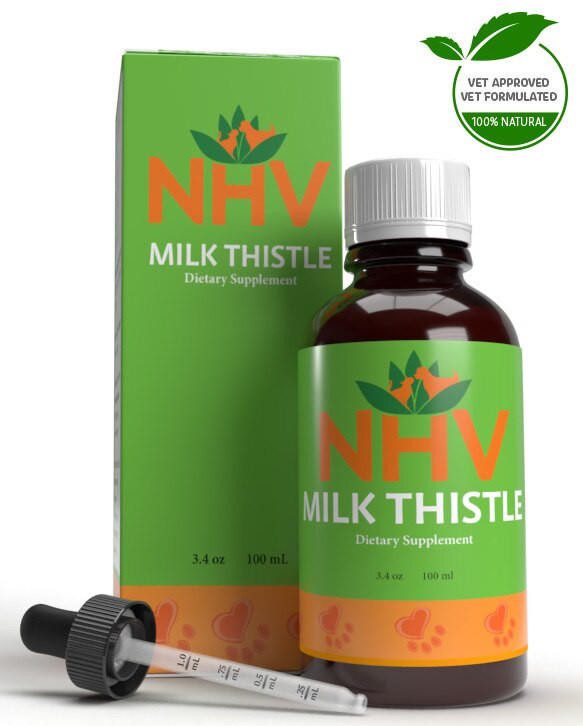
free shipping over $100 (USA & Canada)
1-877-937-4372 the pet expert hotline
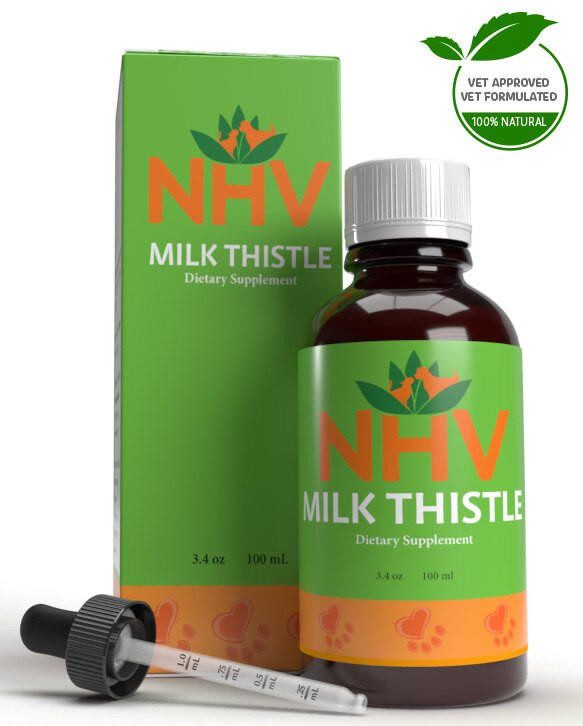
100% Natural Liver and Kidney Detox and Cancer Support in Cats

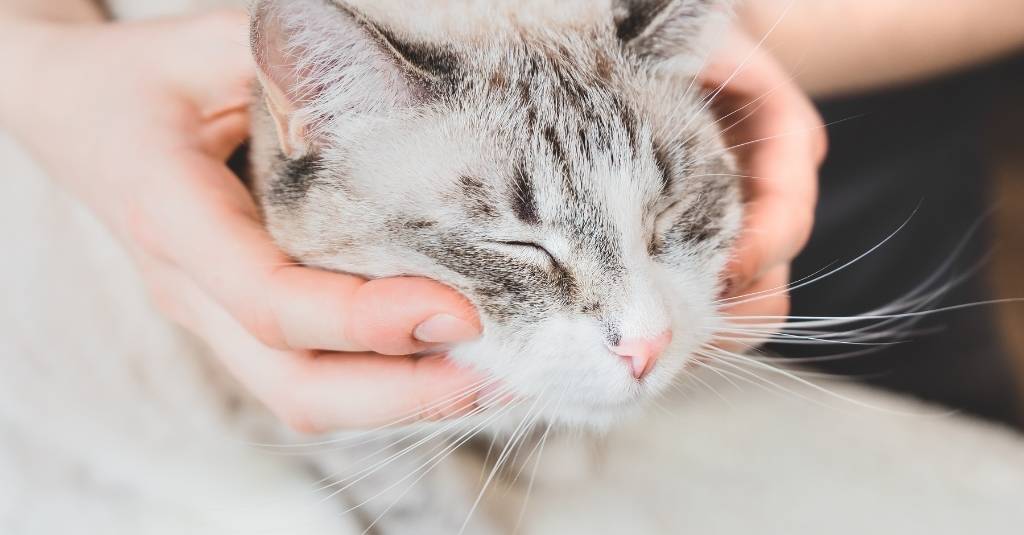
Alternative or integrative therapies for pets have recently seen a huge resurgence due to their powerful healing ability with minimal side effects. Today we begin a once a month series in our NHV blogs, where we will explore alternative integrative therapies for pets, from acupuncture to aromatherapy to massage and magnetic therapy for treating illnesses in pets. In this week’s blog, we focus on acupuncture for pets —exploring how it can help your pet as well as the different methods of acupuncture, and its uses.
Acupuncture is beneficial for many pet health conditions including:
Acupuncture has been around for about 4000 years and has been used in Asian and Indian cultures for centuries. In traditional veterinary acupuncture, the acupuncturist places tiny needles into the various “acupuncture points” (the area where nerve bundles and blood vessels come together) with the goal of allowing your pet’s body to heal itself.
There are also a variety of different acupuncture methods that can be used. The method used will depend on your pet, the illness being treated, and advice from your veterinary practitioner. Other non-traditional veterinary acupuncture treatments include:
Laser therapy: In Laser therapy, acupuncture points are stimulated using laser energy. Low-intensity or cold lasers are used and are great for patients that don’t tolerate needle insertion.
Aquapuncture: In aquapuncture, small amounts of fluid (usually homeopathic, diluted vitamin B12, or electrolyte solutions) are injected at the acupuncture points for a more prolonged effect.
Electroacupuncture: In this form of acupuncture, small amounts of non-uncomfortable electrical current are given to the body between needles inserted into the acupuncture points. Electroacupuncture is great for spasming muscles or when there has been nerve damage to the body.
Moxibustion: This method involves burning healing herbs on or above the acupuncture points. Heat can be very helpful to senior pets, or pets suffering from stiff muscles. However, care must be taken to not burn the patient.
Acupressure: This method involves applying pressure to the acupuncture points with the fingers instead of needles. Acupressure is a great technique that pet owners can learn from their veterinary practitioners to provide their pets with further relief from discomfort and inflammation after treatment.
Prior to treatment, you should examine your pet for any areas of the skin which are infected or inflamed, and point these out to your practitioner.
Acupuncture should not be uncomfortable, and most pets will begin to relax once treatment is underway.
Ideally, at-home treatment is preferred to help your pet avoid unnecessary stress. Acupuncture should not be uncomfortable, and most pets will begin to relax once treatment is underway. However, some pets may need to be sedated for treatment. If sedation is not required for your pet, we recommend helping keep your pet calm with either NHV Matricalm or NHV Lesstress. NHV Matricalm or NHV Lesstress should ideally begin about 1-2 weeks prior to the appointments. Continue with the supplement for the duration of the treatments. Rescue Remedy is great to help calm your pet during acupuncture treatments.
Although side effects are rare, the infection can occur, so check your pet and report back to your practitioner if you notice anything unusual. In some pets, clinical signs may increase for a few days before they begin to improve. Although this is not unusual and maybe a reflection of the body trying to heal itself, do report any concerns you have to your veterinary practitioner.
To help the body in its healing and to help flush out toxins, which may be released during treatment, we recommend NHV Milk Thistle for liver support. Use NHV Milk Thistle for the duration of the treatments and continue with the supplement for an additional 2 months to make sure the body is supported.
Is there any alternative therapy you would like us to discuss? Feel free to contact us or leave a comment below
liver support

Natural Pet Rabbit Liver Support
buy 2 and save $3
3 month supply for a small to medium size pet
The liver filters anything that your furkiddo puts into their body. So when your pet is sick, toxins may build up in the body and have a tough time getting out. NHV Milk Thistle is a natural supplement for rabbits that helps the liver remove metabolic wastes, and helps to restore immune function as well.


The liver filters anything that your furkiddo puts into their body. So when your pet is sick, toxins may build up in the body and have a tough time getting out. NHV Milk Thistle is a natural supplement for rabbits that helps the liver remove metabolic wastes, and helps to restore immune function as well.

If your pet is battling an illness such as cancer, or kidney disease, the buildup of toxins in their body may be affecting their liver and kidney function. This buildup of toxins often weakens the immune system as well. Milk Thistle contains the active compound silymarin, which helps detoxify the liver and helps support, strengthen and regenerate liver tissue. Research has shown that Milk Thistle may also improve kidney function.
Milk Thistle contains the active compound silymarin which has been used for thousands of years for its numerous health benefits. Studies have shown that silymarin contains effective anti-inflammatory, antioxidant, and detoxifying properties to promote regeneration and repair. Also known as wild artichoke and holy thistle, Milk Thistle is beneficial for removing toxins and metabolic wastes that may accumulate due to illness. Studies are also showing that Milk thistle may have anti-cancer properties due to its high concentration of free radical scavengers.
We know your bunnies are your family. That’s why we made our natural supplements for rabbits 100% natural, easy to administer (liquid formula) and made with only the best organic or wild-crafted, plant-based ingredients. For any questions or concerns about your furkiddo’s liver or kidney health, don’t hesitate to get in touch with an NHV Pet Expert - we’re always here to help!.
Made with the finest, organically grown, or ethically harvested herbs. Made specifically for pets, vet-formulated and vet approved.
Select your pet's weight to determine the correct dose.
For rabbits: 0.5ml (12 drops) twice daily.
How to Administer
Shake well before use. The easiest method is to use the dropper provide and places the drops into your pet’s food or favorite treat. You can also use the dropper and squirt directly into the pet’s mouth.
Some pets can be finicky, if this occurs consider hiding the drops in foods most pet’s love such as mashed banana, strawberry or another favorite treat.
For Best Results
Herbal dietary supplements are beneficial to the health and wellbeing of your pet and are safe for long-term use. Every pet responds to natural herbal supplements differently, therefore it is important to be consistent and administer the product daily. Supplements generally take two to four weeks to take effect, however this will vary from one animal to the next.
Product Storage
All NHV Natural Pet Products are pure herbal extracts and contain no artificial additives, preservatives or coloring. Shelf life after opening is 6 months and must be refrigerated after opening.
Cautions and Contraindications
Do not use Milk Thistle in pregnant or nursing animals. Speak to your vet before using our products. A second visit is recommended if your pet’s condition does not improve, or deteriorates after continued use of the supplements.
All information provided by NHV Natural Pet Products is for educational purposes only.
If your pet is battling an illness such as cancer, or kidney disease, the buildup of toxins in their body may be affecting their liver and kidney function. This buildup of toxins often weakens the immune system as well. Milk Thistle contains the active compound silymarin, which helps detoxify the liver and helps support, strengthen and regenerate liver tissue. Research has shown that Milk Thistle may also improve kidney function.
Milk Thistle contains the active compound silymarin which has been used for thousands of years for its numerous health benefits. Studies have shown that silymarin contains effective anti-inflammatory, antioxidant, and detoxifying properties to promote regeneration and repair. Also known as wild artichoke and holy thistle, Milk Thistle is beneficial for removing toxins and metabolic wastes that may accumulate due to illness. Studies are also showing that Milk thistle may have anti-cancer properties due to its high concentration of free radical scavengers.
We know your bunnies are your family. That’s why we made our natural supplements for rabbits 100% natural, easy to administer (liquid formula) and made with only the best organic or wild-crafted, plant-based ingredients. For any questions or concerns about your furkiddo’s liver or kidney health, don’t hesitate to get in touch with an NHV Pet Expert - we’re always here to help!.
Made with the finest, organically grown, or ethically harvested herbs. Made specifically for pets, vet-formulated and vet approved.
Select your pet's weight to determine the correct dose.
For rabbits: 0.5ml (12 drops) twice daily.
How to Administer
Shake well before use. The easiest method is to use the dropper provide and places the drops into your pet’s food or favorite treat. You can also use the dropper and squirt directly into the pet’s mouth.
Some pets can be finicky, if this occurs consider hiding the drops in foods most pet’s love such as mashed banana, strawberry or another favorite treat.
For Best Results
Herbal dietary supplements are beneficial to the health and wellbeing of your pet and are safe for long-term use. Every pet responds to natural herbal supplements differently, therefore it is important to be consistent and administer the product daily. Supplements generally take two to four weeks to take effect, however this will vary from one animal to the next.
Product Storage
All NHV Natural Pet Products are pure herbal extracts and contain no artificial additives, preservatives or coloring. Shelf life after opening is 6 months and must be refrigerated after opening.
Cautions and Contraindications
Do not use Milk Thistle in pregnant or nursing animals. Speak to your vet before using our products. A second visit is recommended if your pet’s condition does not improve, or deteriorates after continued use of the supplements.
All information provided by NHV Natural Pet Products is for educational purposes only.
liver support
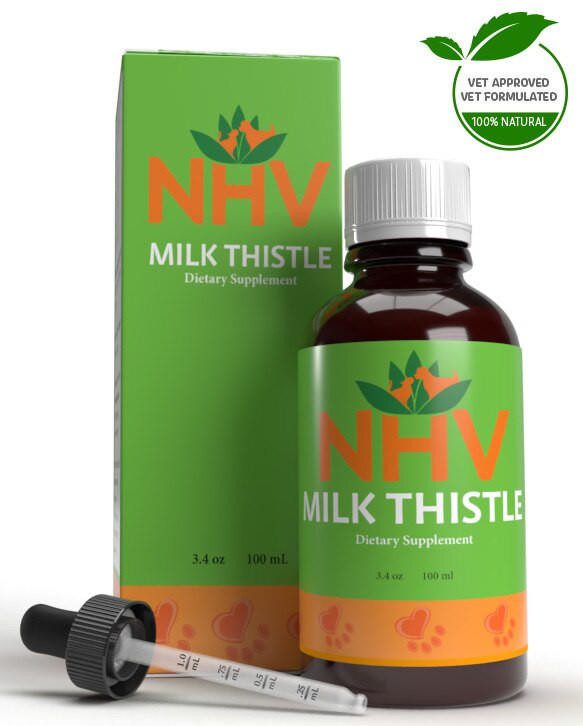
Natural Liver support for hamsters, guinea pigs & other small pets
buy 2 and save $3
3 month supply for a small to medium size pet
The liver filters anything that your hamster, bunny or hedgehog may eat. If your pet gets sick, their liver may be underfunctioning and have a tough time eliminating toxins. NHV Milk Thistle is a natural liver support that may help the body remove metabolic wastes, may help to improve liver function and may help support the kidneys as well.


The liver filters anything that your hamster, bunny or hedgehog may eat. If your pet gets sick, their liver may be underfunctioning and have a tough time eliminating toxins. NHV Milk Thistle is a natural liver support that may help the body remove metabolic wastes, may help to improve liver function and may help support the kidneys as well.

The liver is an organ with many important functions. Its many responsibilities include filtering toxins out of the blood, releasing bile for effective digestion and more. Because the liver is so vital to the health of all pocket pets, Milk Thistle is especially beneficial for pets fighting off serious illnesses like cancer or fatty liver disease. It contains the active compound silymarin, which may help to detoxify the liver and encourages cell regeneration. Studies have shown that Milk Thistle may also help support kidney function.
Tumors are fairly common for many pocket pets, like cases of hamster liver cancer or guinea pig liver failure. Milk Thistle contains the active compound silymarin which has been used for thousands of years for its many beneficial properties. If your pet gets cancer, they will most likely be prescribed powerful cancer medications which can damage the kidneys and damage the liver. So in terms of cancer support, milk thistle is extremely beneficial to help offset the negative effects of medications and support liver function due to its rich concentration of free radical scavengers.
It’s great to know that there are ways to support your little one’s health naturally! All NHV products use only the finest organic, wild-crafted ingredients and formulated by the combined efforts of a master herbalist and veterinarian with 50+ years of experience. If you have any questions about natural liver support or need any holistic advice, please get in touch with an NHV Pet Expert - we are always happy to help!
Made with the finest, organically grown, or ethically harvested herbs. Made specifically for pets, vet-formulated and vet approved.
Select your pet's weight to determine the correct dose.
For ferrets: 0.5ml twice a day
For rabbits and guinea pigs: 0.5 ml twice a day
For hamsters and mice: 1 drop per two pounds twice a day
How to Administer
Shake well before use. The easiest method is to use the dropper provide and places the drops into your pet’s food or favorite treat. You can also use the dropper and squirt directly into the pet’s mouth.
Some pets can be finicky, if this occurs consider hiding the drops in foods most pet’s love such as mashed banana, strawberry or another favorite treat.
For Best Results
Herbal dietary supplements are beneficial to the health and wellbeing of your pet and are safe for long-term use. Every pet responds to natural herbal supplements differently, therefore it is important to be consistent and administer the product daily. Supplements generally take two to four weeks to take effect, however this will vary from one animal to the next.
Product Storage
All NHV Natural Pet Products are pure herbal extracts and contain no artificial additives, preservatives or coloring. Shelf life after opening is 6 months and must be refrigerated after opening.
Cautions and Contraindications
Do not use Milk Thistle in pregnant or nursing animals. Speak to your vet before using our products. A second visit is recommended if your pet’s condition does not improve, or deteriorates after continued use of the supplements.
All information provided by NHV Natural Pet Products is for educational purposes only.
The liver is an organ with many important functions. Its many responsibilities include filtering toxins out of the blood, releasing bile for effective digestion and more. Because the liver is so vital to the health of all pocket pets, Milk Thistle is especially beneficial for pets fighting off serious illnesses like cancer or fatty liver disease. It contains the active compound silymarin, which may help to detoxify the liver and encourages cell regeneration. Studies have shown that Milk Thistle may also help support kidney function.
Tumors are fairly common for many pocket pets, like cases of hamster liver cancer or guinea pig liver failure. Milk Thistle contains the active compound silymarin which has been used for thousands of years for its many beneficial properties. If your pet gets cancer, they will most likely be prescribed powerful cancer medications which can damage the kidneys and damage the liver. So in terms of cancer support, milk thistle is extremely beneficial to help offset the negative effects of medications and support liver function due to its rich concentration of free radical scavengers.
It’s great to know that there are ways to support your little one’s health naturally! All NHV products use only the finest organic, wild-crafted ingredients and formulated by the combined efforts of a master herbalist and veterinarian with 50+ years of experience. If you have any questions about natural liver support or need any holistic advice, please get in touch with an NHV Pet Expert - we are always happy to help!
Made with the finest, organically grown, or ethically harvested herbs. Made specifically for pets, vet-formulated and vet approved.
Select your pet's weight to determine the correct dose.
For ferrets: 0.5ml twice a day
For rabbits and guinea pigs: 0.5 ml twice a day
For hamsters and mice: 1 drop per two pounds twice a day
How to Administer
Shake well before use. The easiest method is to use the dropper provide and places the drops into your pet’s food or favorite treat. You can also use the dropper and squirt directly into the pet’s mouth.
Some pets can be finicky, if this occurs consider hiding the drops in foods most pet’s love such as mashed banana, strawberry or another favorite treat.
For Best Results
Herbal dietary supplements are beneficial to the health and wellbeing of your pet and are safe for long-term use. Every pet responds to natural herbal supplements differently, therefore it is important to be consistent and administer the product daily. Supplements generally take two to four weeks to take effect, however this will vary from one animal to the next.
Product Storage
All NHV Natural Pet Products are pure herbal extracts and contain no artificial additives, preservatives or coloring. Shelf life after opening is 6 months and must be refrigerated after opening.
Cautions and Contraindications
Do not use Milk Thistle in pregnant or nursing animals. Speak to your vet before using our products. A second visit is recommended if your pet’s condition does not improve, or deteriorates after continued use of the supplements.
All information provided by NHV Natural Pet Products is for educational purposes only.
liver support
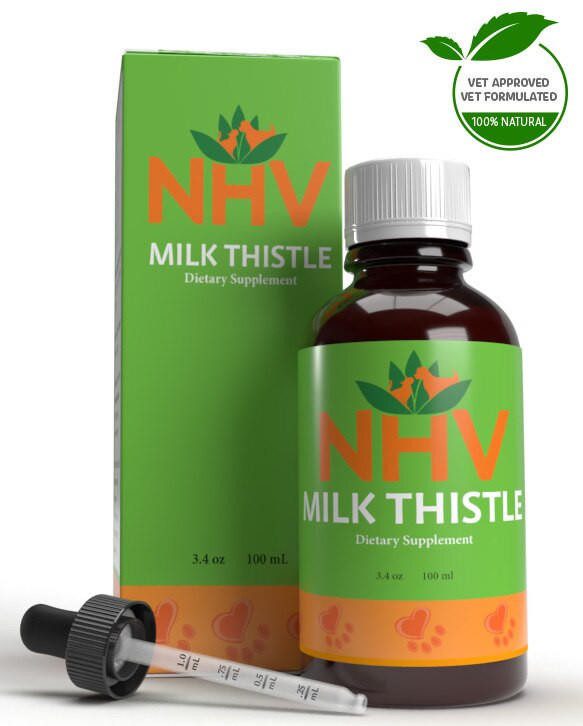
Support for liver and kidney detox and cancer support in dogs
3 month supply for a small to medium size pet
These effects help to remove chemicals and toxins that can accumulate in your dog’s system. It is one of the few herbs with no equivalent in conventional medicine.


These effects help to remove chemicals and toxins that can accumulate in your dog’s system. It is one of the few herbs with no equivalent in conventional medicine.

Milk Thistle is a powerful herb that’s been used by humans for thousands of years. The active ingredient, silymarin, has been shown through scientific studies to possess strong anti-inflammatory, antioxidant, and detoxifying properties. It also promotes cellular regeneration and repair.
This supplement by NHV Natural Pet Products uses 100% natural milk thistle to support dogs through liver and kidney conditions in addition to conventional treatment by their veterinarian.
Milk thistle improves kidney function due to the damage from:
The extraordinary antioxidant properties of milk thistle for dog extract acts to:
The scientific name for milk thistle is Silybum Marianum. It’s also referred to as wild artichoke and holy thistle.
Milk thistle for dog liver support can be used in conjunction with conventional treatments and is glycerin based and safe for long-term use. You can read more about the benefits of using milk thistle on Dr. Hillary Cook’s blog.
At NHV, all of our products including milk thistle for dog kidney support are plant-based and make excellent proactive support for many health conditions. If you have questions on milk thistle for dogs or any of our holistic supplements, you can ask an expert at NHV because we put your pet first when it comes to health and healing naturally.
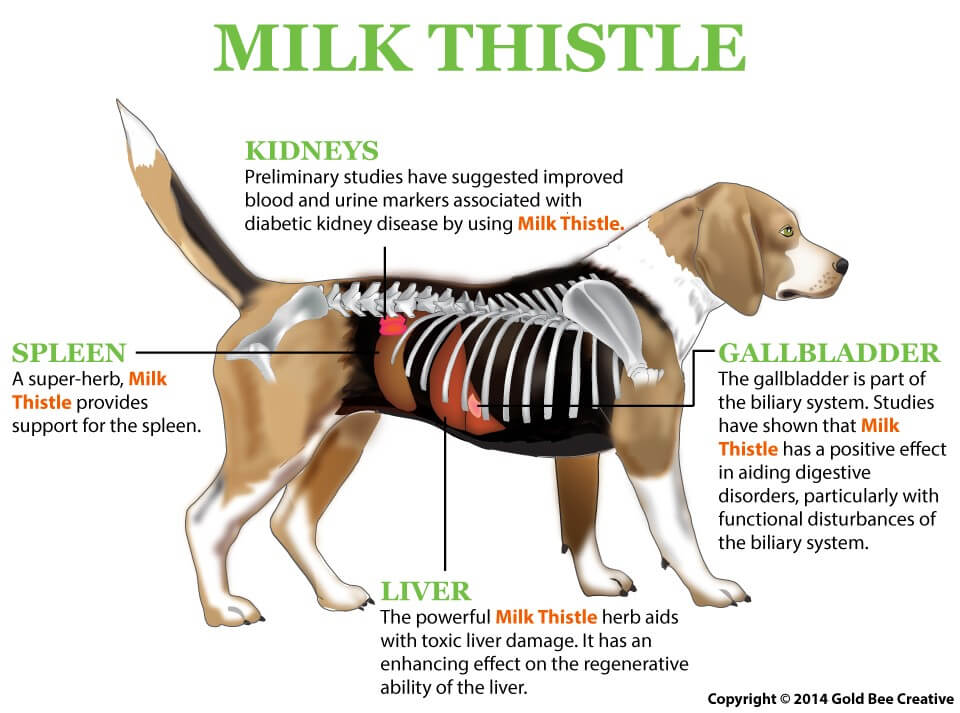
Select your pet's weight to determine the correct dose.
To be taken twice daily. Determine your pet’s weight and then use the easy chart below to determine the correct dose. This is the minimum dosage.
Pet's Weight Dosage
0 - 15 lb = 0.5 ml
16 - 30 lb = 1.0 ml
31 - 45 lb = 1.5 ml
46 - 60 lb = 2.0 ml
61 - 75 lb = 2.5 ml
Over 75 lb = 3.0 ml
How to Administer
Shake well before use. The easiest method is to use the dropper provide and places the drops into your pet’s food or favorite treat. You can also use the dropper and squirt directly into the pet’s mouth.
Some pets can be finicky, if this occurs consider hiding the drops in foods most pet’s love such as fish, chicken or yogurt or a favourite treat. If your pet only eats dry food then soak a few kibbles at feeding time.
For Best Results
Herbal dietary supplements are beneficial to the health and wellbeing of your pet and are safe for long-term use. Every pet responds to natural herbal supplements differently, therefore it is important to be consistent and administer the product daily. Supplements generally take two to four weeks to take effect, however this will vary from one animal to the next.
Product Storage
All NHV Natural Pet Products are pure herbal extracts and contain no artificial additives, preservatives or coloring. Shelf life after opening is 6 months and must be refrigerated after opening.
Cautions and Contraindications
Do not use Milk Thistle in pregnant or nursing animals. Speak to your vet before using our products. A second visit is recommended if your pet’s condition does not improve, or deteriorates after continued use of the supplements.
All information provided by NHV Natural Pet Products is for educational purposes only.
Milk Thistle is a powerful herb that’s been used by humans for thousands of years. The active ingredient, silymarin, has been shown through scientific studies to possess strong anti-inflammatory, antioxidant, and detoxifying properties. It also promotes cellular regeneration and repair.
This supplement by NHV Natural Pet Products uses 100% natural milk thistle to support dogs through liver and kidney conditions in addition to conventional treatment by their veterinarian.
Milk thistle improves kidney function due to the damage from:
The extraordinary antioxidant properties of milk thistle for dog extract acts to:
The scientific name for milk thistle is Silybum Marianum. It’s also referred to as wild artichoke and holy thistle.
Milk thistle for dog liver support can be used in conjunction with conventional treatments and is glycerin based and safe for long-term use. You can read more about the benefits of using milk thistle on Dr. Hillary Cook’s blog.
At NHV, all of our products including milk thistle for dog kidney support are plant-based and make excellent proactive support for many health conditions. If you have questions on milk thistle for dogs or any of our holistic supplements, you can ask an expert at NHV because we put your pet first when it comes to health and healing naturally.

Select your pet's weight to determine the correct dose.
To be taken twice daily. Determine your pet’s weight and then use the easy chart below to determine the correct dose. This is the minimum dosage.
Pet's Weight Dosage
0 - 15 lb = 0.5 ml
16 - 30 lb = 1.0 ml
31 - 45 lb = 1.5 ml
46 - 60 lb = 2.0 ml
61 - 75 lb = 2.5 ml
Over 75 lb = 3.0 ml
How to Administer
Shake well before use. The easiest method is to use the dropper provide and places the drops into your pet’s food or favorite treat. You can also use the dropper and squirt directly into the pet’s mouth.
Some pets can be finicky, if this occurs consider hiding the drops in foods most pet’s love such as fish, chicken or yogurt or a favourite treat. If your pet only eats dry food then soak a few kibbles at feeding time.
For Best Results
Herbal dietary supplements are beneficial to the health and wellbeing of your pet and are safe for long-term use. Every pet responds to natural herbal supplements differently, therefore it is important to be consistent and administer the product daily. Supplements generally take two to four weeks to take effect, however this will vary from one animal to the next.
Product Storage
All NHV Natural Pet Products are pure herbal extracts and contain no artificial additives, preservatives or coloring. Shelf life after opening is 6 months and must be refrigerated after opening.
Cautions and Contraindications
Do not use Milk Thistle in pregnant or nursing animals. Speak to your vet before using our products. A second visit is recommended if your pet’s condition does not improve, or deteriorates after continued use of the supplements.
All information provided by NHV Natural Pet Products is for educational purposes only.
Published: December 11, 2015